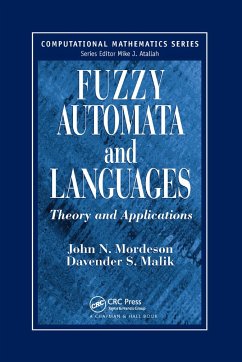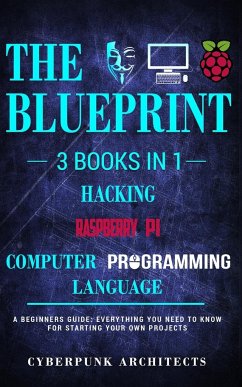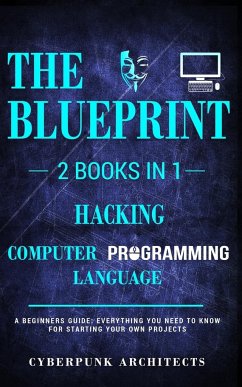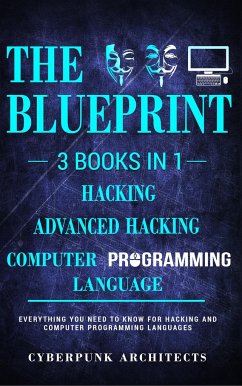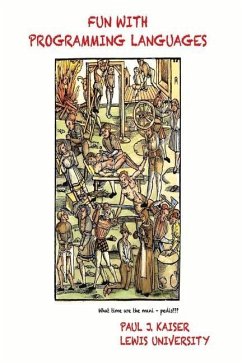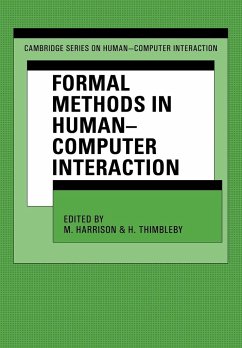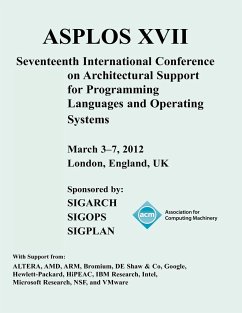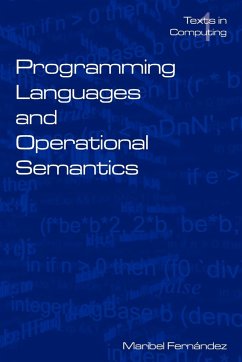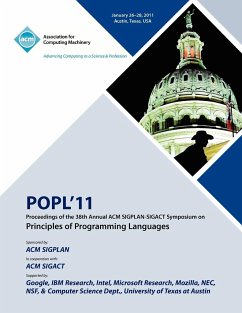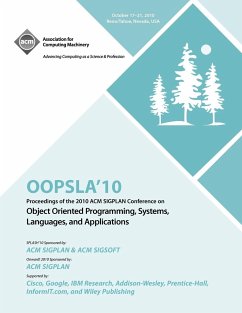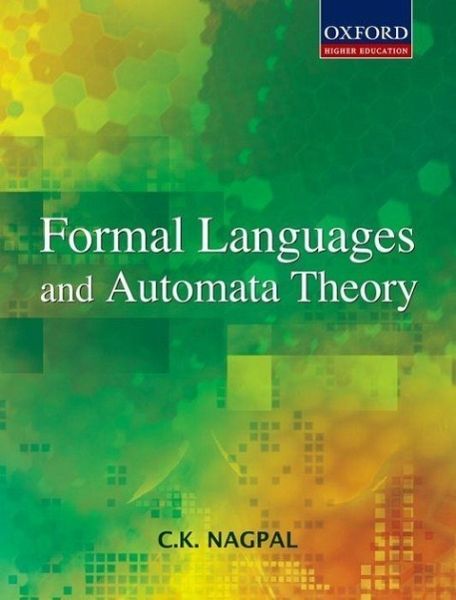
Formal Languages and Automata Theory
Versandkostenfrei!
Versandfertig in über 4 Wochen
26,99 €
inkl. MwSt.

PAYBACK Punkte
13 °P sammeln!
Formal Language and Automata Theory is designed to serve as a textbook for undergraduate students of B..E, B.Tech. CSE, and MCA/IT. It attempts to help students grasp the essential concepts involved in automata theory. The book starts with basic concepts such as discrete mathematical structures and fundamentals of automata theory, which are prerequisites for understanding further topics. Description of important topics such as regular sets and grammar, context free languages, and various types of automata such as DFA, NDFA, push down, LBA, and Turing Machine is then taken up in detail. Specia...
Formal Language and Automata Theory is designed to serve as a textbook for undergraduate students of B..E, B.Tech. CSE, and MCA/IT. It attempts to help students grasp the essential concepts involved in automata theory. The book starts with basic concepts such as discrete mathematical structures and fundamentals of automata theory, which are prerequisites for understanding further topics. Description of important topics such as regular sets and grammar, context free languages, and various types of automata such as DFA, NDFA, push down, LBA, and Turing Machine is then taken up in detail. Special emphasis is laid on design and applications of Turing Machines. Finally, the book focuses on decidability factor of recursively enabled languages and the complexity problem dealing with the relation between P and NP classes. Written in a lucid and student-friendly manner the book contains a large number of solved examples. Each chapter consists of a set of chapter-end exercises, which aid students in acquiring better understanding of the concepts. It also provides appendices on Church-Turing thesis, Godel numbering, chronology of some important events, and a write-up paying homage to all the scientists who have contributed significantly in shaping this subject area to its present form.



